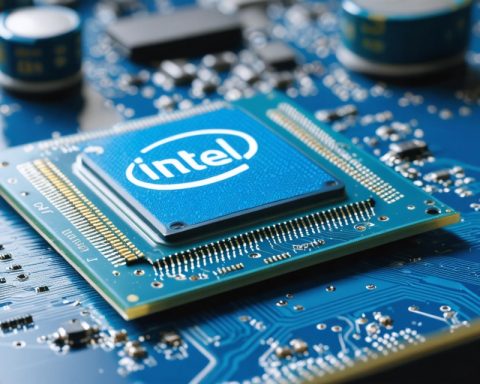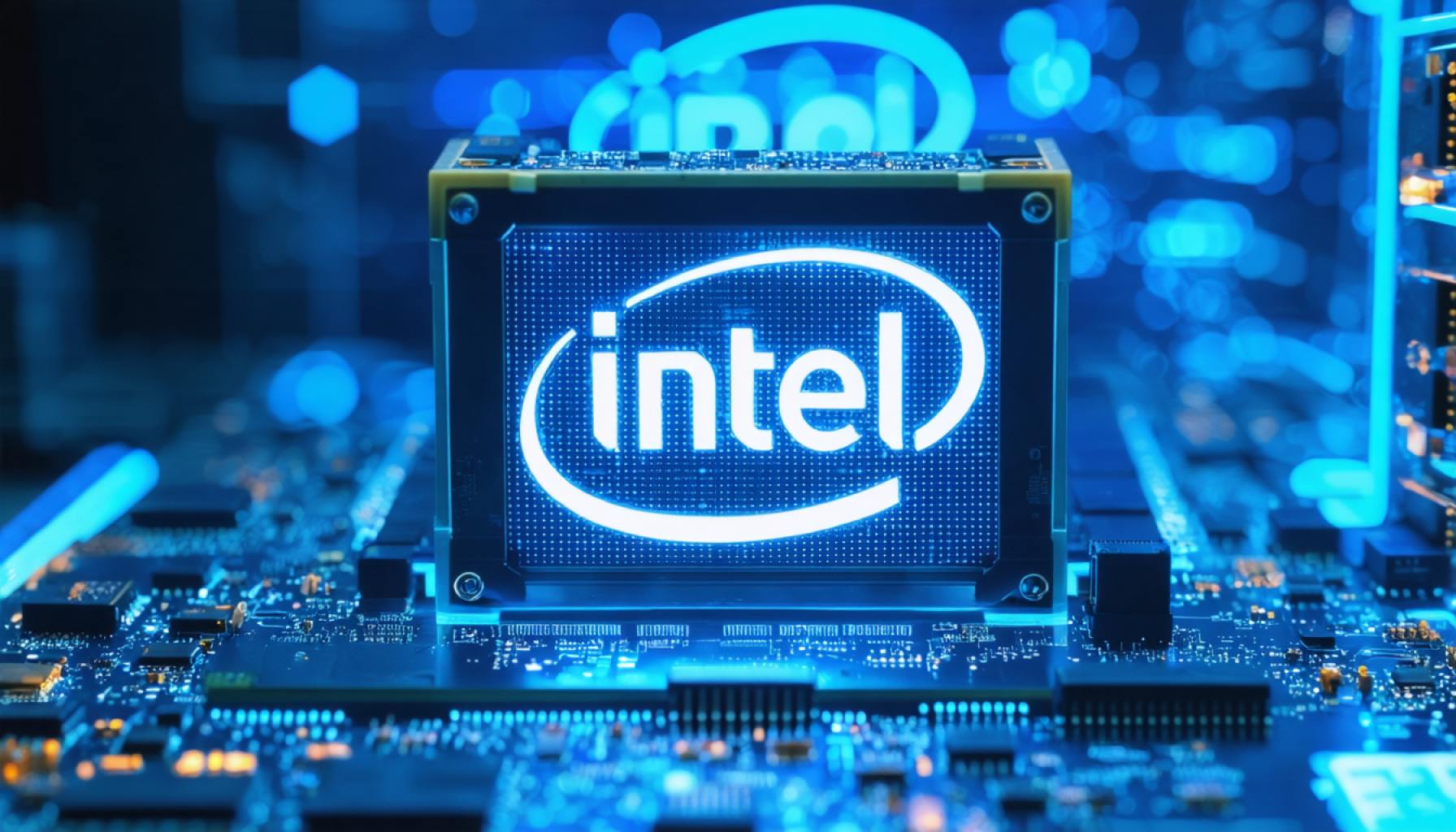Foldable smartphones, once a futuristic concept, have become a tangible reality, revolutionizing the mobile technology landscape. The journey of these innovative devices began in earnest in the late 2010s, marking a significant shift in how we interact with our gadgets.
The first notable entry into the foldable phone market was the Royole FlexPai, launched in 2018. This pioneering device showcased the potential of flexible display technology, setting the stage for major tech companies to follow suit. Samsung and Huawei quickly entered the fray, with the Galaxy Fold and Mate X, respectively, both debuting in 2019. These models highlighted the practical applications of foldable screens, offering users the ability to switch between a compact phone and a larger tablet-like display seamlessly.
The appeal of foldable smartphones lies in their versatility and the promise of enhanced productivity. Users can enjoy a more immersive viewing experience for media consumption, multitask with greater ease, and benefit from the portability of a traditional smartphone. The technology behind these devices involves sophisticated engineering, including flexible OLED displays and robust hinge mechanisms designed to withstand repeated folding and unfolding.
As the market for foldable phones continues to grow, manufacturers are constantly innovating to improve durability, battery life, and overall user experience. The competition among tech giants has spurred rapid advancements, making foldable smartphones more accessible and appealing to a broader audience.
In essence, foldable smartphones represent a significant leap forward in mobile technology, blending the convenience of a smartphone with the expansive functionality of a tablet. This evolution is a testament to the relentless pursuit of innovation in the tech industry, promising even more exciting developments in the years to come.









